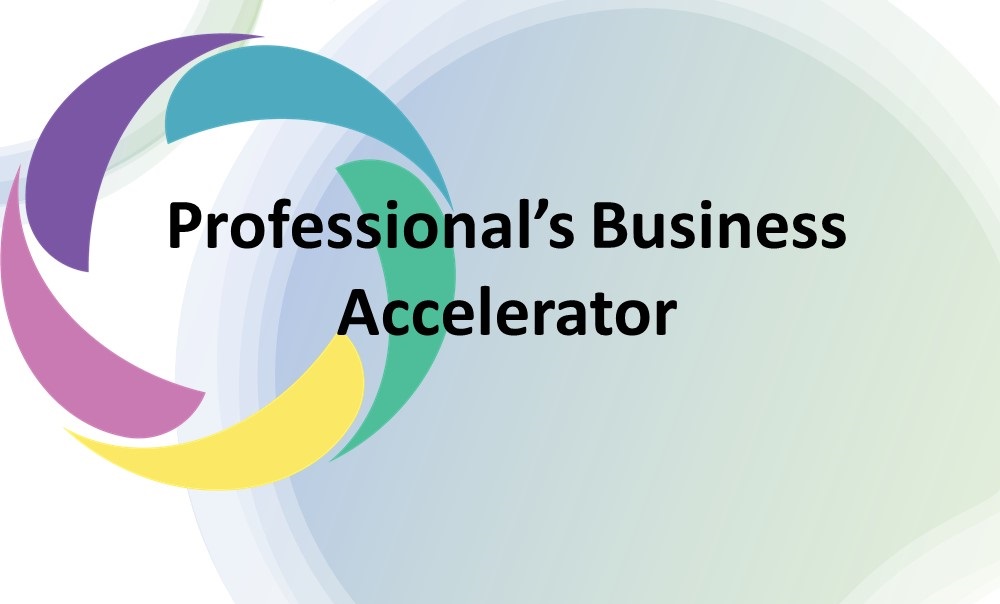Court Approved (Prerequisite Sessions 1-13)
The following program is a continuation of Domestic Violence for Offenders (1-13) and is intended for a mixture of less assaultive and more assaultive individuals. This program is intended for a mixture of less assaultive and more assaultive individuals. It also continues to lay the context for the participant with more severe histories of domestic violence and other assaultive or physically violent behaviors.
Violence can have a huge negative impact both physically and emotionally. Most people can express themselves in appropriate ways in some situations, and yet be ineffective in others. This curriculum reduces levels of volatility especially in highly triggering situations. You will learn effective skills and techniques to resolve and deescalate conflicts. Our program is delivered by an instructor accredited by the National Anger Management Association (NAMA). The evidence-based and clinically-proven anger management practices in these lessons include effective skills and calming techniques, expressing negative emotion skills, stress and anxiety management, conflict resolution skills, and practical solutions.
We attempt to interweave the fields of anger management, domestic violence and neuroscience while delivering practical education. We have minimized the use of complicated or esoteric terms. Participants just care that they can be given the tools to implement their very own brain change plan. That is what we present here.
Our courses are designed by a NAMA certified instructor to meet the national standards.
We provide a court approved Domestic Violence course certificate of completion which is accepted in all states and almost all counties.
Features
- Overview of domestic violence
- Taking 100% Responsibility
- Changing What You Do
- Introduction to Brain Change
- Stress Management
- Changing How You Think
- Looking at Your Past
- Impact of Substance Abuse
- Negative Effects on Self
Benefits
- Increases Self Control
- Increases Self-Esteem and Confidence
- Promotes more positive attitude
- Provides Domestic Violence management Skills and Practices
- Provides healthy alternatives to acting out violence
- Provides Problem solving Skills
- Provides Conflict Resolution Skills
- Provides Coping Behaviors
This volume represents the culmination of our providing anger management and domestic violence counseling for almost thirty years. Our main excitement, though, lies in our merging that knowledge with the wealth of information emerging from the field of neuroscience about how our brains work and, most importantly, how we can consciously and quite deliberately change the very structure of the brain. For example, the volume of brain matter increases substantially in areas in which someone chooses to practice a new skill.
Analogically, if you were looking for this volume as if it were a building, you would locate it at the intersection of streets labeled “anger management”, “domestic violence” and “neuroscience.” This is not a particularly easy place to find, though. For one thing there is a historical distance between the fields of anger management and domestic violence, primarily a result of the original domestic violence paradigm, namely the Power and Control Model. This model emphasized the sociocultural aspects of domestic violence while relegating anger management (as well as couples counseling and psychotherapy) to supplementary status at best. Fortunately, the resultant unfortunate gap between the two fields is gradually shrinking as practitioners realize that they overlap substantially.
Another reason that this intersection has been hidden is that there is relatively little research on how the brain processes anger, at least as compared with how it processes fear. Here, though, it is helpful that anger and fear share many similarities in their brain circuitry, as noted in the well-known “fight or flight” reaction to threat.
We attempt in this volume to interweave the fields of anger management, domestic violence and neuroscience while delivering a practical, useful product facilitators can immediately use with participants. It is important to note that neither facilitators nor participants need become experts on the brain in order to utilize this material. We have minimized the use of complicated or esoteric terms. Do clients really care that the name for the cells that cover a neuron’s axons with a layer of fat are called oligodendrocytes? Probably not. But they do care that they can increase the efficiency of those neurons by creating and implementing their very own brain change plan. That is what we present here.
Answers to Two Frequently Asked Questions
What is our relationship to the traditional Power and Control model of domestic violence?
We do consider the desire to maintain or achieve power and control to be one possible cause for any specific individual’s violence, but only one of many. This topic is covered in Session 4: Why did I commit an act of domestic violence?
Is our program evidence-based?
Yes, in two ways. First, several sessions are based upon the principles of cognitive-behavioral therapy, which at this time has the best correlation with good long-term reduction of recidivism among persons who committed acts of domestic violence. Secondly, the program centers on helping people develop and implement practical brain change plans that are consistent with the core principles of behavioral modification as applied to what goes on inside our brain. For example, the saying “Use it or lose it” indicates that circuits within the brain can literally be increased or decreased in volume depending on how often they are utilized. The brain change plans our clients develop are based upon this and other such well documented principles.
Brain Change Curriculum For Domestic Violence Offender Treatment
In association with the National Anger Management Association, Second Edition
Ronald Potter-Efron, M.SW, Ph.D. and Patricia Potter-Efron, M.S. Growth Publishing Greer, SC
Course Content
About Instructor
Ratings and Reviews




